Five Ways to Save Monarch Butterflies

Over the last few decades, populations of these iconic orange and black Butterflies have declined by over 90 percent. Monarch Butterfly decline is an indicator that there is something wrong in our shared environment and a warning that we could be affected as well. The loss of any species weakens the ecosystem that all species rely on for survival, including humans.
Like all Butterflies, Monarchs lay their eggs on select plants, called “host plants.” These are the only plants their caterpillars can eat. Milkweed is Monarchs only host plant. Milkweed is becoming harder for Monarchs to find. Despite being ecologically important and an often ornamental wildflower, most consider milkweed a weed to be eradicated and Monarchs have suffered. Even when milkweed isn’t being targeted directly, Monarch habitat in the United States is being gobbled up by development. Monarchs are also being directly killed by pesticides, both as caterpillars and as adult Butterflies in farmlands and backyards.
What Can We Do? Create a Monarch Habitat - Just provide food, water, and places to raise young. It all starts with what you plant and you can create a habitat garden in your own yard.
Plant Milkweed - The good news is that planting Milkweed is one of the easiest ways that each of us can make a difference for Monarchs. There are several dozen species of this wildflower, so no matter where you live, there is at least one milkweed species naturally found in your area.
Milkweed is easily started from seed
Plant seeds approx. 1/2'' deep, then cover. Keep moist until seeds sprout and while plants are young.
Milkweed sprouts pretty quickly.
In addition to planting milkweed host plants for Monarch caterpillars it is also important to plant nectar rich plants for adult Monarchs. Adult Monarchs are dependent on nectar plants as a food source during Spring and Summer breeding, Fall migrations, and during overwintering.
Nectar Plants - Monarch Butterflies are attracted to the nectar from flowers like Lilac, Butterfly Bush, Phlox, Lantana, Zinnia, and Cosmos, to name a few. Butterflies are also attracted to herbs such as sage, dill, parsley and fennel. Many of these grow easily from seed. The more nectar plants and milkweed host plants in your yard increases the odds of many Monarchs heading your way. Creating healthy habitat gardens for Monarchs is vital for their existence.
Monarchs like to sun themselves to warm up in the morning
Avoid Pesticides - Monarchs are insects so spraying pesticides will kill them. Make the commitment to avoid spraying pesticides in your yard, especially since there are so many natural ways to control pest these days. Let's not pollute anymore than we have to, if at all.
Pacific Grove CA during the annual migration of Monarch Butterflies.
After deciding to place my Butterfly Garden in front of my house, I cleared the area and laid paths.
Each year our Town has a Plant Sale held by the Garden Club. The plants are all starts from the members gardens. Very inexpensively priced, I attend every year and come away with a van load for a song. Lantana, Pink Yarrow along with others and lots of bulbs went in this particular year. Prices range from 50 cents to $3.00 with bulbs mostly free.
Each year I try to add different plants I don't already have as the previous years plants get bigger. I added Milkweed to the back corner.
You can see some Daffodils from precious years plantings blooming. Stocks and Phlox that the club had started in 6 packs were planted, along with others.
Sage, Phlox and Cosmos went in near the birdbath up closer to the house.
Over the course of a few years plants took their places - the Butterfly Garden evolved as all Gardens do. It's visited by lots of Butterflies including Monarchs.
Enjoyed the project?
Resources for this project:
See all materials



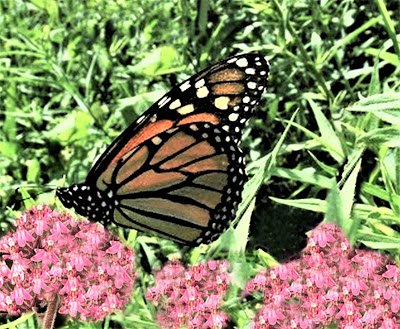


















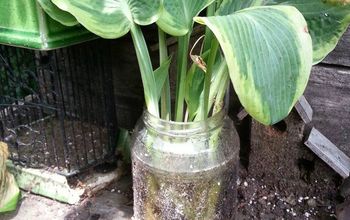



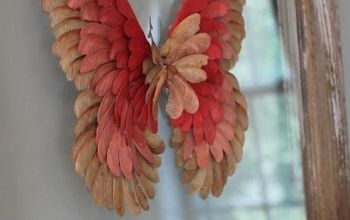

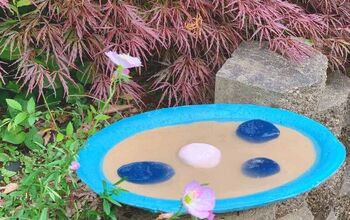








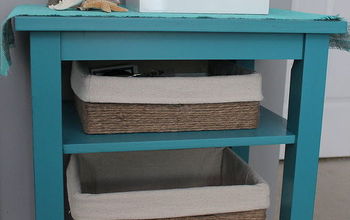
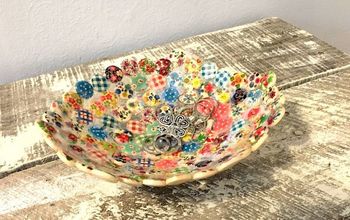
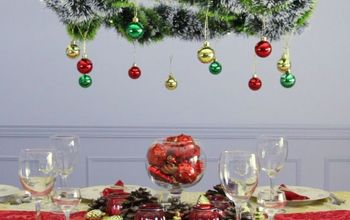
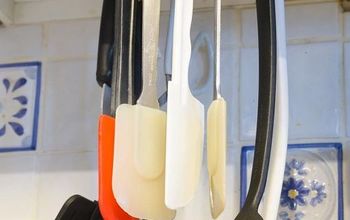



Frequently asked questions
Have a question about this project?